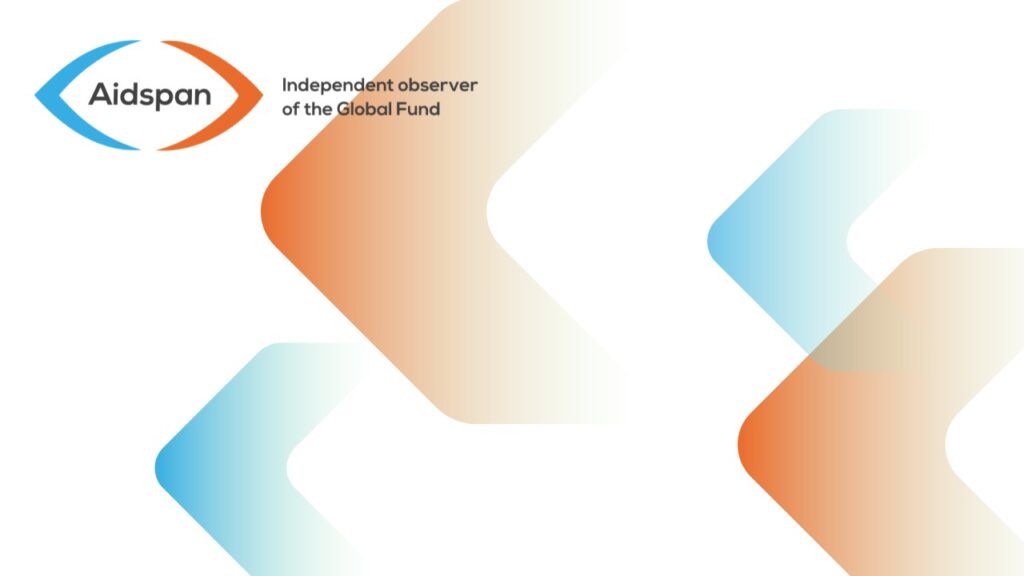
Malawi faces shortage of healthcare workers as it battles AIDS epidemic – By
Author:
Owen Nyaka
Article Type:Article Number: 7
ABSTRACT Donor support has enabled Malawi to scale-up its ART services to reach 67 percent of Malawians in need of treatment, but this success is under threat because of an acute shortage of trained health personnel in the public sector.
Malawi’s health sector is grappling with a serious lack of trained health care staff that could have an impact on its Global Fund-supported programming to enroll a greater number of HIV-positive Malawians on antiretroviral therapy (ART).
Fund support to the Malawian health sector for ARV purchases began in June 2004. Prior to that Round 1 application, only nine public sector facilities offered ART, reaching just 3,000 people – or 1% of the national need.
According to UNAIDS figures, Malawi has a generalized HIV epidemic with an estimated HIV prevalence of 10%. About 910,000 people are living with HIV and 44,000 AIDS-related deaths were reported in 2011.
With donor support, Malawi has scaled-up its ART services. As of June 2011, 449 clinics were reaching 276,987 (67%) out of the 411,574 of Malawians in need of treatment.
But those successes are under threat because of the acute shortage of trained health personnel in the public sector. World Health Organization recommendations encourage a ratio of seven health care workers for every 1,000 patients on ARVs. As of 2010, Malawi’s ratio was about half: 3.54 health workers/1,000 ART patients. Malawi has only two doctors and 37 nurses and midwives for every 100,000 people.
Low pay and poor working conditions, particularly in remote areas, are some of the factors inhibiting Malawi’s ability to reach the recommended ratios. However, the sector has also been badly hit by the AIDS epidemic.
“The shortage of health workers has an impact on health care delivery,” Henry Chimbali, a spokesman for the Ministry of Health’s HIV prevention and behaviour change unit, told Aidspan. “Government is making efforts to increase their numbers, and we have seen significant improvements.”
With one of the world’s lowest ratios of health care professionals per population and low laboratory capacity, Malawi has relied on a “public health approach” to ARV scale-up.
With support from the Global Fund, the ministry has developed national ART guidelines that provide health care workers with a standard approach to patient assessment, initiation and reporting. Almost all patients are given the same low-cost, fixed-dose combination first-line therapy. Due to the shortage of physicians, lower cadres of health care workers provide care to people living with HIV at most health facilities.
Of the more than $777 million in Global Fund grants signed for Malawi since 2002, some $44 million was allocated for health system strengthening.
To address the staff shortage, the Global Fund and DFID pooled resources to initiate the Emergency Human Resources Programme (EHRP) in 2005. The 6-year, $272-million programme provided a 52% salary increase for all health workers, an expansion of pre-service training and recruitment of expatriate volunteer doctors and nurses. The EHRP also included incentives to attract health care workers to underserved regions of the country.
According to an analysis of the EHRP by Management Sciences for Health (MSH), the salary “top-ups” helped stem the flight of health care workers from the public sector. The expanded pre-service training boosted the number of health professionals trained annually to 1,000 in 2008 from just 400 in 2004.
Despite this success, however, Malawi is still far from achieving the right ratio of health care professionals to patients to effectively confront HIV with a full slate of prevention, treatment and care activities. According to the District Implementation Plan (DIP) in the capital Lilongwe for fiscal 2011-12, the doctor to patient ratio is 1:110,195, with staff retention and remaining a serious challenge.
Owen Nyaka lives in Malawi and is a member of the Key Correspondents network which focuses on marginalised groups affected by HIV, to report the health and human rights stories that matter to them. The network is supported by the International HIV/AIDS Alliance.
